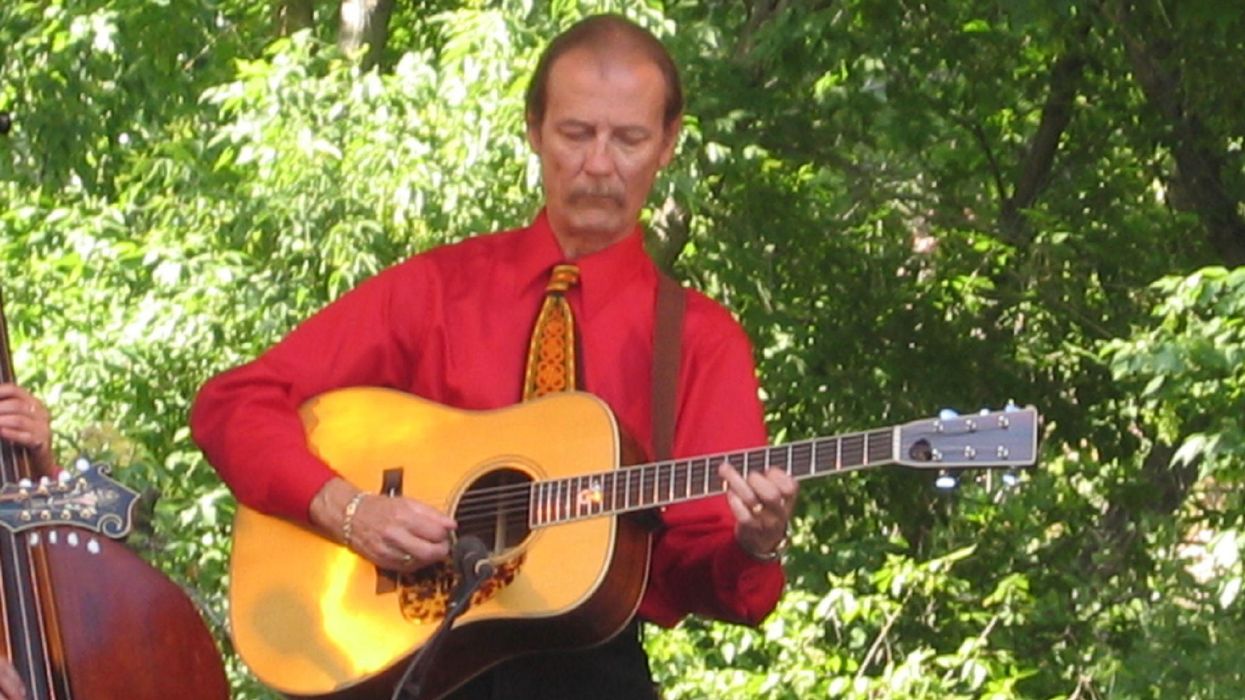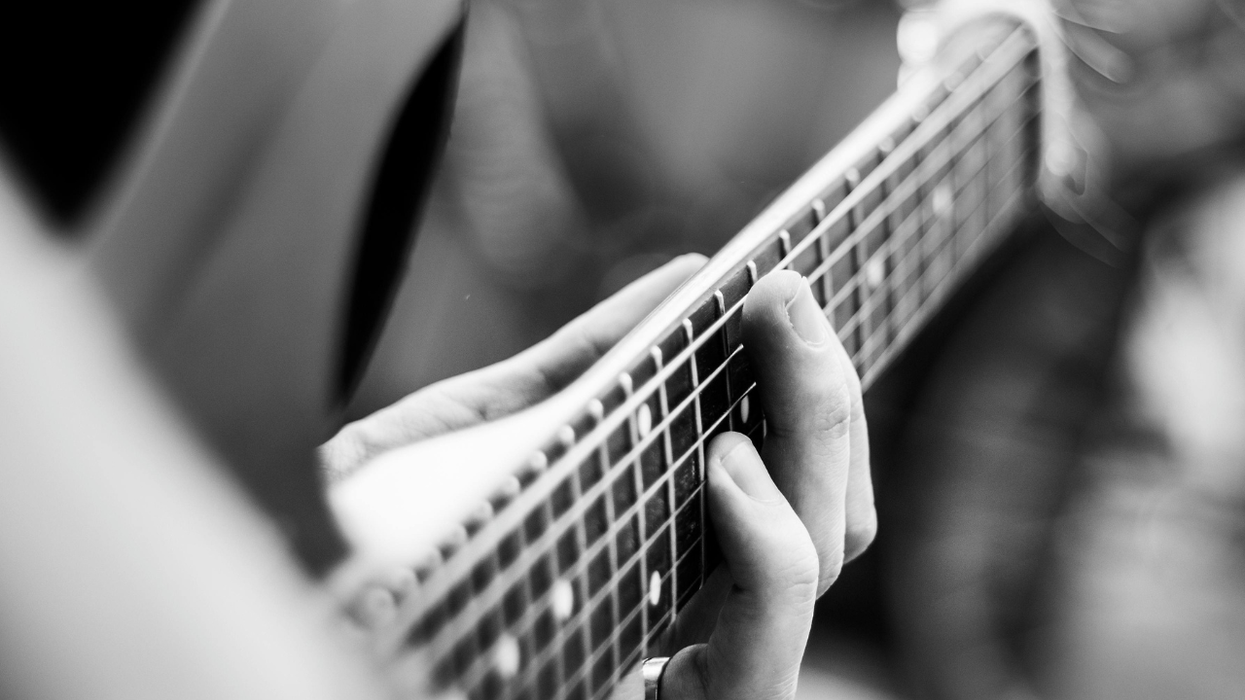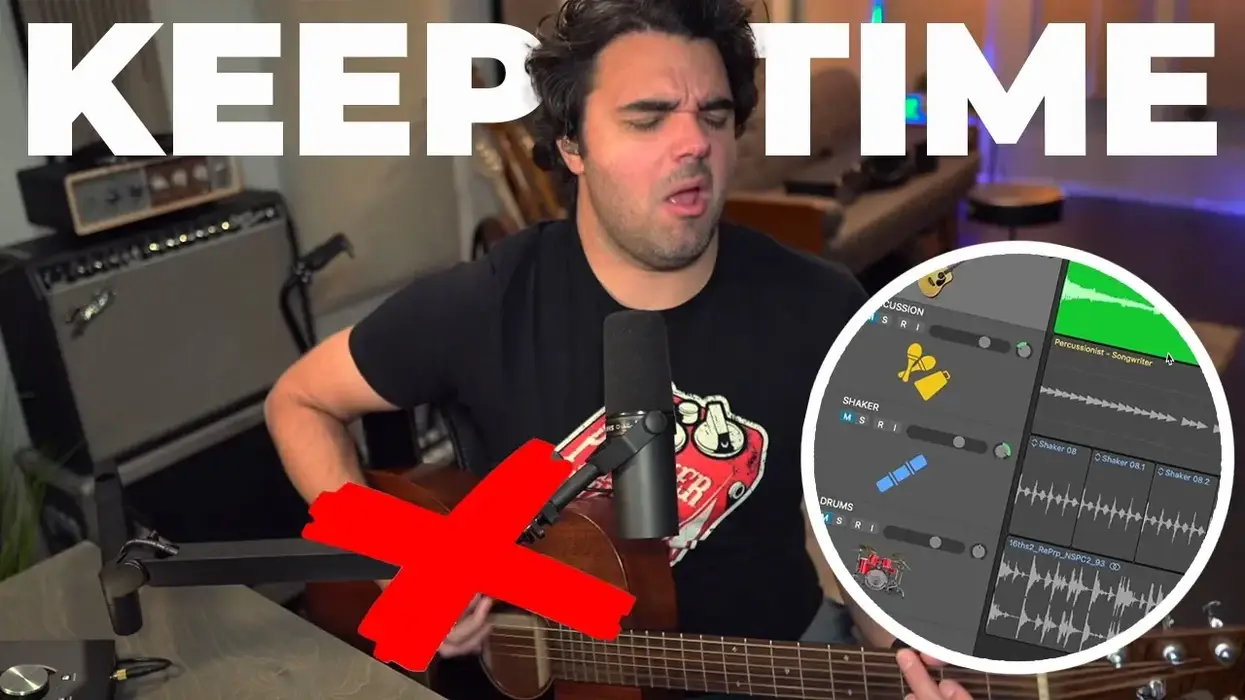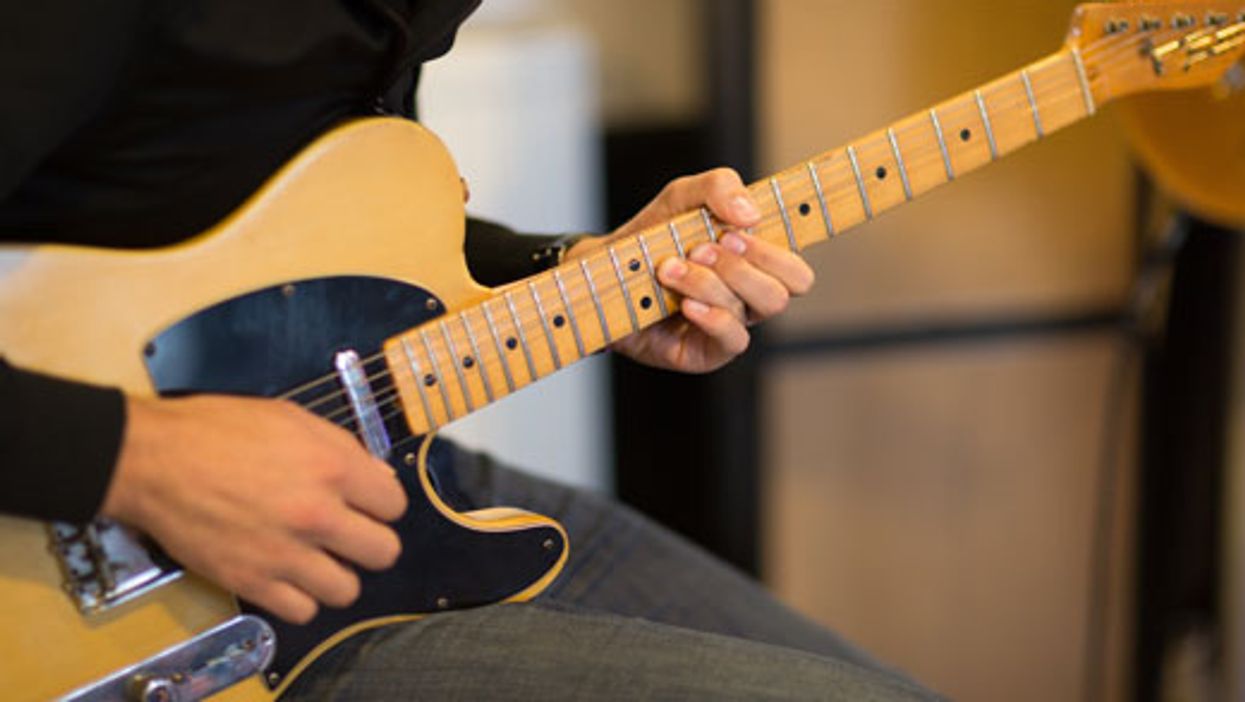Chops: Intermediate
Theory: Beginner
Lesson Overview:
• Understand the difference between a forward clave and a reverse clave.
• Develop a better sense of phrasing over Latin rhythms.
• Create rhythmically interesting parts over short vamps.
Click here to download a printable PDF of this lesson's notation.
The history of Cuban music is shaped through the passion of the people and musicians. Understanding their rich language of rhythms and harmony on any instrument, let alone guitar, is both a deep ocean to explore and an island of soul. Many great musicians grow up immersed in the style and culture. However, even if you learn just from listening and playing you can internalize the sense of groove and pocket, and it will come out in your listening, playing, and writing. I played in a Latin band called Umbalaye for several years in Los Angeles under the guidance of my friend and bandleader Jose Espinosa. I hope to share some of what I learned with you here.
First, a little history. Afro-Cuban music was created when African slaves arrived in Cuba, where the two cultures met, and the richness of Spanish harmony blended with the African rhythms to create what we call salsa music. Afro-Cuban music has had a vast influence globally through Puerto Rico, Miami, New York, and through such South American countries as Panama, Columbia, and Venezuela. These cultures each had their own interpretations that often influenced each other. In the 1930s, Afro-Cuban music had a major impact on jazz, and since then, salsa has profoundly influenced pop music, blues, soul, and even rock styles.
This is soulful dance music that’s focused on the rhythm section and interlocking parts, so let’s check out the various aspects of the basic feels. The most essential aspect of salsa is the rhythmic pattern known as the clave. The musicologist Alejo Carpentier described the clave as “the feeling of polyrhythm submitted to the unity of tempo.” There are a few ways to play clave but we’ll focus on the forward clave (also known as a 3-2) and the reverse clave (2-3). The numbers refer to how many “hits” are in each measure. In a forward clave, there are three in the first and two in the second. Obviously, flip that order around for a reverse clave. In Ex. 1 you can see a simple forward clave rhythm over a Gm–C7–Fm–Bb7 progression. In Ex. 2 I use the same progression over a reverse clave.
Click here for Ex. 1
Click here for Ex. 2
Understanding how to phrase over each kind of clave is essential to locking into the band. While the drums and percussion are usually playing different interlocking parts, the bass plays a melodic part called the tumbao, which serves a big role in accenting clave rhythms. Let’s check out a few basic tumbao patterns over a forward clave. We’ll play in octaves to make a fuller sound above the bass. Feel free to attack those notes with a pick and fingers, just fingers, or strike the strings that are fretted while the left hand dampens all the others. Ex. 3 is a basic pattern with a bit of space on every other bar. Ex. 4 adds a bit of energy on the even bars and specifically hits beat 3 of the second and fourth measures.
Click here for Ex. 3
Click here for Ex. 4
Ex. 5 adds a bit of chromaticism stepping down to the Fm chord. Another common rhythmic style is to accent beat 4 and anticipate each chord as shown in Ex. 6. This style is the basis of most Afro-Cuban bass lines and found in a variety of feels such as guaguancó, guaracha, rumba, mambo, and bomba.
Click here for Ex. 5
Click here for Ex. 6
Ex. 7 is a more dense rhythmic exploration of that same idea.
Click here for Ex. 7
By contrast, let’s explore some tumbao patterns over a reverse clave. Ex. 8 will show you a basic pattern using octaves. Ex. 9 adds variations to those rhythms by preceding each bar by a quarter-note.
Click here for Ex. 8
Click here for Ex. 9
Next, let’s check out some basic montunos. A montuno is a repeated phrase, usually two to four measures long, and is a key element of salsa and Afro-Cuban music. While there’s a vast vocabulary of montunos, let’s explore a basic pattern (Ex. 10) that’s a forward clave—first played in single notes, then in octaves, and finally in tenths.
Click here for Ex. 10
Now let’s check out a different montuno for a reverse clave (Ex. 11). Again, we’ll play this in single notes, then octaves, and finally in tenths.
Click here for Ex. 11
Afro-Cuban music will continue to spread and inspire future generations. For top listening suggestions, check out Irakere, Eddie Palmieri, Tito Puente, and Ray Barretto as starters. I encourage you to dig for more music to absorb, and to develop an appreciation for other styles, cultures, and genres. Experiment and invent variations on what you hear. Listening, playing, and experience will be your guide.





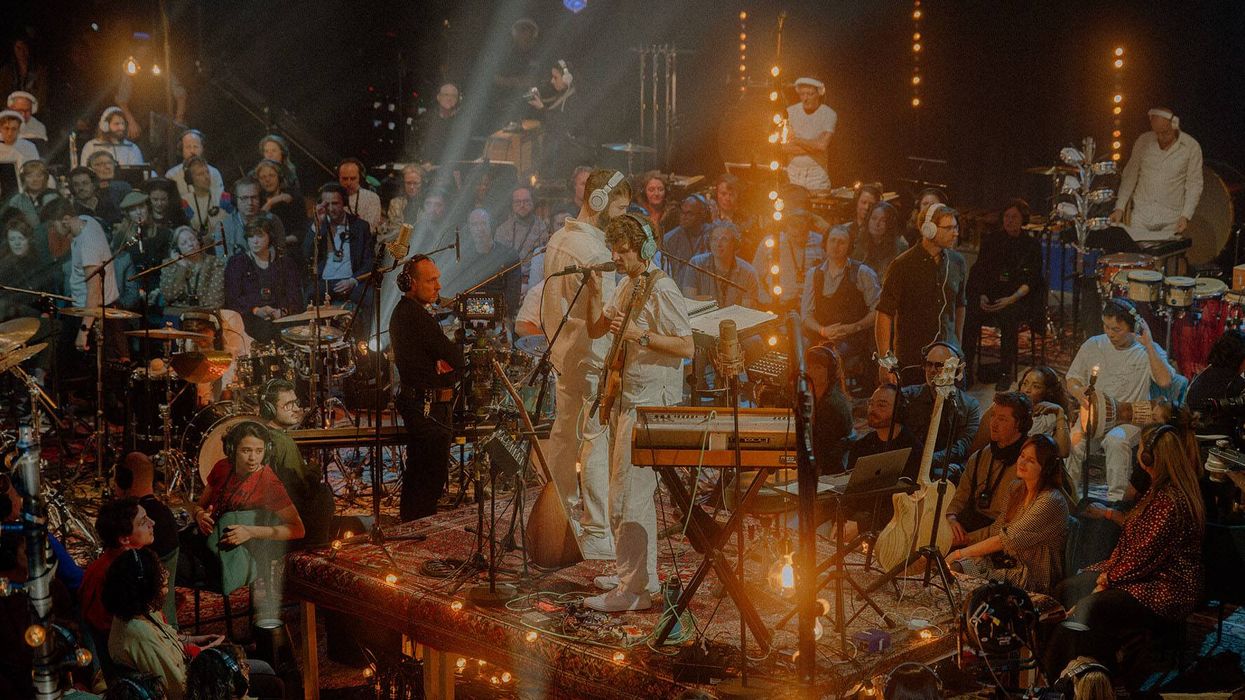


![Rig Rundown: AFI [2025]](https://www.premierguitar.com/media-library/youtube.jpg?id=62064741&width=1245&height=700&quality=70&coordinates=0%2C0%2C0%2C0)



![Devon Eisenbarger [Katy Perry] Rig Rundown](https://www.premierguitar.com/media-library/youtube.jpg?id=61774583&width=1245&height=700&quality=70&coordinates=0%2C0%2C0%2C0)

